Charts of the day: US macro disequilibria
The United States had been living beyond its means for a very long time before the credit crisis finally hit. The truth of the matter is that U.S. monetary and fiscal policy rewarded risk-taking and leverage at the expense of prudence and saving.
The goal of government it seemed was to avoid the pain of recession and keep the economy growing at all times. Every time the U.S. economy would hit a stumbling block, the Federal Reserve would lower interest rates and flood the economy with money. Market participants learned to trust in the Greenspan Put — an understanding that they would be bailed out by Fed policy at the first signs of trouble.
This irresponsible monetary stewardship seemed to work wonders as GDP in the U.S. continued to rise year after year. Yet, large macro imbalances increased steadily year after year. Foremost among critics of U.S. monetary and fiscal policy was Stephen Roach, Morgan Stanley’s former Chief Economist and now head of Morgan Stanley Asia. He has been warning since the bust of the Tech Bubble that “global re-balancing” needed to occur, whereby the overextended U.S. consumer passed the reins as motor of the global economy to consumers in China, India or Japan and Europe (see article).
Below are a number of charts that I have compiled which should make abundantly clear what the disequilibria were and how large they had become. Presently, this re-balancing is being forced upon us by a deep recession. It is unfortunate we could not have had the foresight to avoid the worst of things by taking corrective action earlier, particularly after the tech bubble in 2001.
History books will look on this period of U.S. history as one dominated by hubris, where fiscal and monetary policy were particularly reckless, leading the United States into a long period of decline.
Debt and savings
Housing and stocks
Related articles
The Great Unraveling – Stephen Roach, Morgan Stanley, March 2007
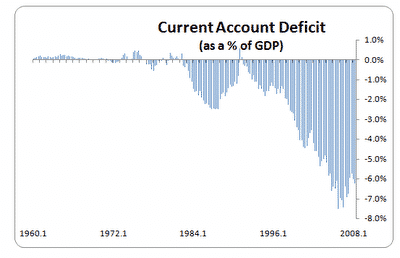



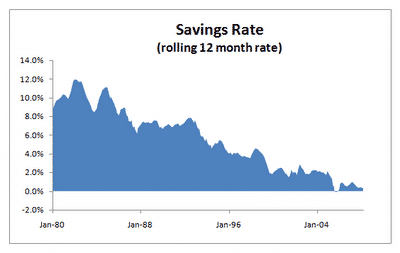
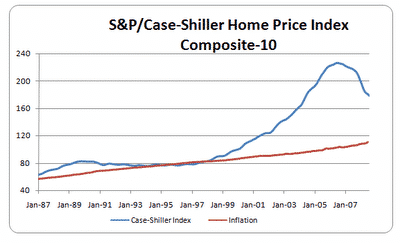
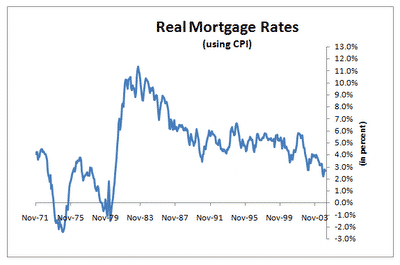

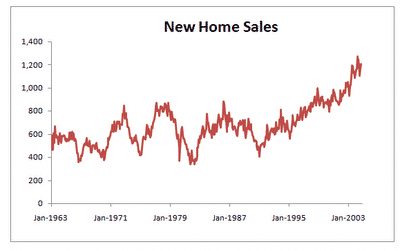
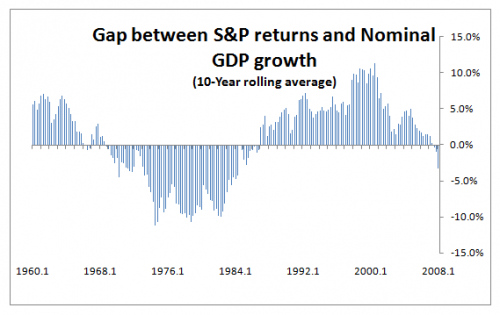
Edward – for me the second chart really rams it all home. I thought (much too early and an awful lot of years ago)that it was all too much – but who ever knew how much was too much? Well we know now! Enjoy your break!
Thanks, stevie b. As you know, I am back. And I do think the financial services chart is where the rubber hits the road. Leverage is the key to this problem in the U.S. and elsewhere.
How we reduce leverage globally without creating some major short-term economic dislocations is the $64,000 question.
Don’t reduce leverage. Ease the Capital requirements, but index it by inflation. Thus as inflation starts to kick in the capital requirements become more stringent so that the real value of the capital held by the banks remains constant. Set some floor in the capital requirements so that in a highly inflated economy you cannot lend out more then five times your equity but in a deflated economy you can leverage to the extreme (say 50 times equity) or more. Then when the next downturn hits only help out the banks that were able to stay within the capital requirement rules.